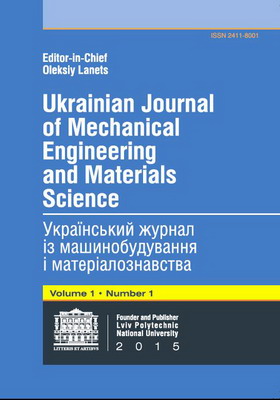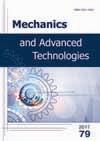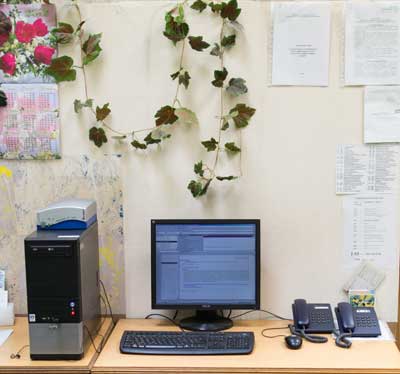
Бази даних
Наукова періодика України - результати пошуку
 |
Для швидкої роботи та реалізації всіх функціональних можливостей пошукової системи використовуйте браузер "Mozilla Firefox" |
|
|
Повнотекстовий пошук
| Знайдено в інших БД: | Реферативна база даних (2) |
Список видань за алфавітом назв: Авторський покажчик Покажчик назв публікацій  |
Пошуковий запит: (<.>A=Kakhovskyi M$<.>) | |||
|
Загальна кількість знайдених документів : 3 Представлено документи з 1 до 3 |
|||
| 1. | 
Kakhovskyi Yu. Development of Welding Consumables for Wet Underwater Welding of High-Alloy Corrosion-resistant Steel [Електронний ресурс] / Yu. Kakhovskyi, M. Kakhovskyi // Ukrainian journal of mechanical engineering and materials science. - 2015. - Vol. 1, Num. 1. - С. 83-90. - Режим доступу: http://nbuv.gov.ua/UJRN/ujmems_2015_1_1_9 This paper discusses a technology of mechanized wet underwater welding of high-alloy corrosion-resistance steel. The main aim of the investigation is development of self-shielded flux-cored wire for wet underwater welding for the first time in the world practice. A mathematical method of experiment design was used for determination of quantity and quality characteristics. Besides, quantitive and qualitative indices of welding-technological characteristics such as weld metal gas saturation, stability of arc burning in water medium, and optimum composition of gas-slag-forming components of flux-cored wire charge were determined. Problems of this branch and current ways of performance of welding - repair operations on objects of high-alloy corrosion-resistance steel were outlined. Application of experimental self-shielded flux-cored wire in mechanized wet underwater welding of high-alloy corrosion-resistance steel allows increasing efficiency and quality of underwater welding-repair operations and receiving economical effect due to reduction of production downtime of object under repair. Usage of present technology provides for the possibility of complete elimination or partial reduction of human participation in welding process under extreme conditions in radioactive environment (in the case of NPP) and in welding at greit depth. The results of researches can be used for weldingrepair operations in nuclear power plants, for ship repair and ship-raising operations and on hydraulic structures. Proposed innovation technology allows complete replacement of wet underwater welding using coated electrodes as well as eliminating human participation in welding-repair operations of critical structures under especially dangerous conditions such as underwater welding. | ||
| 2. | 
Beliaiev G. Causes of Ductility-dip Cracks Formation IN IN52 and IN52 MSS Alloys during Fusion Welding [Електронний ресурс] / G. Beliaiev, I. Volosatov, M. Kakhovskyi // Ukrainian journal of mechanical engineering and materials science. - 2015. - Vol. 1, Num. 1. - С. 113-124. - Режим доступу: http://nbuv.gov.ua/UJRN/ujmems_2015_1_1_13 The aim of the paper is to investigate one of the causes of ductility-dip cracks (DDC) formation. The main aim of this work is calculation of grain boundaries (GB) cohesive energy in nickel based In52 and In52 MSS alloys. For measuring the GB energy anisotropy methods of thermal etching and light interferometry were used. DDC form on the grain boundaries of nickel based alloys due to adsorption of impurities during multipass welding. The In52 alloy has tendency to form DDC during multipass welding fusion unlike In52 MSS one doped with Mo and Nb. The main cause is the change of thermodynamic state of the GB, as it is indicated by the decrease in the cohesive energy to 1,8 - 1,26 J/m<^>2 | ||
| 3. | 
Kakhovskyi M. Technology of welding and repair works of hydropower plants units [Електронний ресурс] / M. Kakhovskyi, Yu. Kakhovskyi, A. Ievdokymenko // Mechanics and Advanced Technologies. - 2021. - Vol. 5, no. 2. - С. 260-265. - Режим доступу: http://nbuv.gov.ua/UJRN/madt_2021_5_2_16 | ||
 |
| Відділ наукової організації електронних інформаційних ресурсів |
 Пам`ятка користувача Пам`ятка користувача |